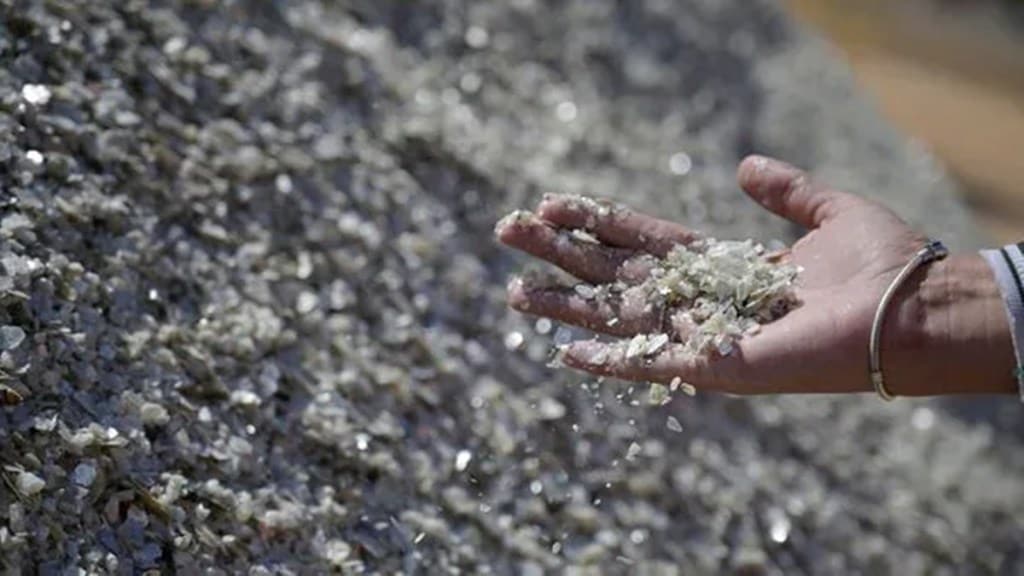The government is likely to take a decision on rolling out a scheme to subsidise domestic production of rare earth magnets in the next 15-20 days, Union minister HD Kumaraswamy said on Tuesday.
“We have been in discussions with the ministry of mines for providing incentives for rare earth magnet processing. The final decision will be taken within 15-20 days,” the minister said.
To reduce dependence on China, India is also exploring the possibility of sourcing rare earth oxides from countries such as Japan and Vietnam, which have both reserves and active mining operations.
Currently, Indian Rare Earths (IREL), a public sector enterprise under the department of atomic energy, is the only company in India that specialises in the mining and refining of rare earth elements (REE). Last year, IREL mined 2,900 metric tonne rare earth materials, accounting for just 0.74% of global output. This was despite India’s estimated reserves standing at a substantial 6.9 million metric tonne.
While some private players have shown interest in rare earths, many are expected to rely on imports. The industry, however, is yet to reach a consensus on the quantum of subsidy required.
“Some companies have asked for a 50% subsidy, while others are seeking 30%. Consultations are still ongoing. Once finalised, we’ll be able to determine the total budget for the subsidy,” a senior government official said.
According to officials, if the proposed subsidy scheme involves an outlay of less than Rs 1,000 crore, it can be cleared at the ministry level. Any proposal involving a higher budget would require the Cabinet’s clearance.
Setting up REE processing facilities in India is expected to take around two years.
Hyderabad-based Midwest Advanced Materials has committed to producing 500 tonne of magnets by the end of this year, with plans to scale up production to 5,000 tonne in 2026, Kumaraswamy said.
India currently imports over 53,000 metric tonne rare earth magnets annually (FY25), with China dominating the global supply chain, accounting for over 60% of global REE mining and nearly 90% of refining.
China’s recent tightening of export licensing norms has further constrained global availability.
“The magnets produced in India must be globally competitive,” a senior official said, adding that the price gap between rare earth oxides and magnets on the Shanghai Stock Exchange is marginal—around 5%. He added that companies may also explore importing finished products like motors if domestic magnet production proves challenging.
The government is also open to revisiting the production-linked incentive (PLI) scheme if the current plans do not yield desired outcome.
Portal launched for automakers to apply under electric car scheme
The minister also launched a portal inviting global original equipment manufacturers (OEMs) to apply under the Scheme to Promote Manufacturing of Electric Passenger Cars in India (SPMEPCI), which will remain open till October 21. Kumaraswamy reiterated that EV giant Tesla is only interested in opening showrooms in India to sell its cars, and not inclined towards setting up manufacturing facilities in the country.
“Their (Tesla‘s) interest is only to open the showroom. They want to sell their car in India. Other than that, actually, there is no further development about this,” he said.

